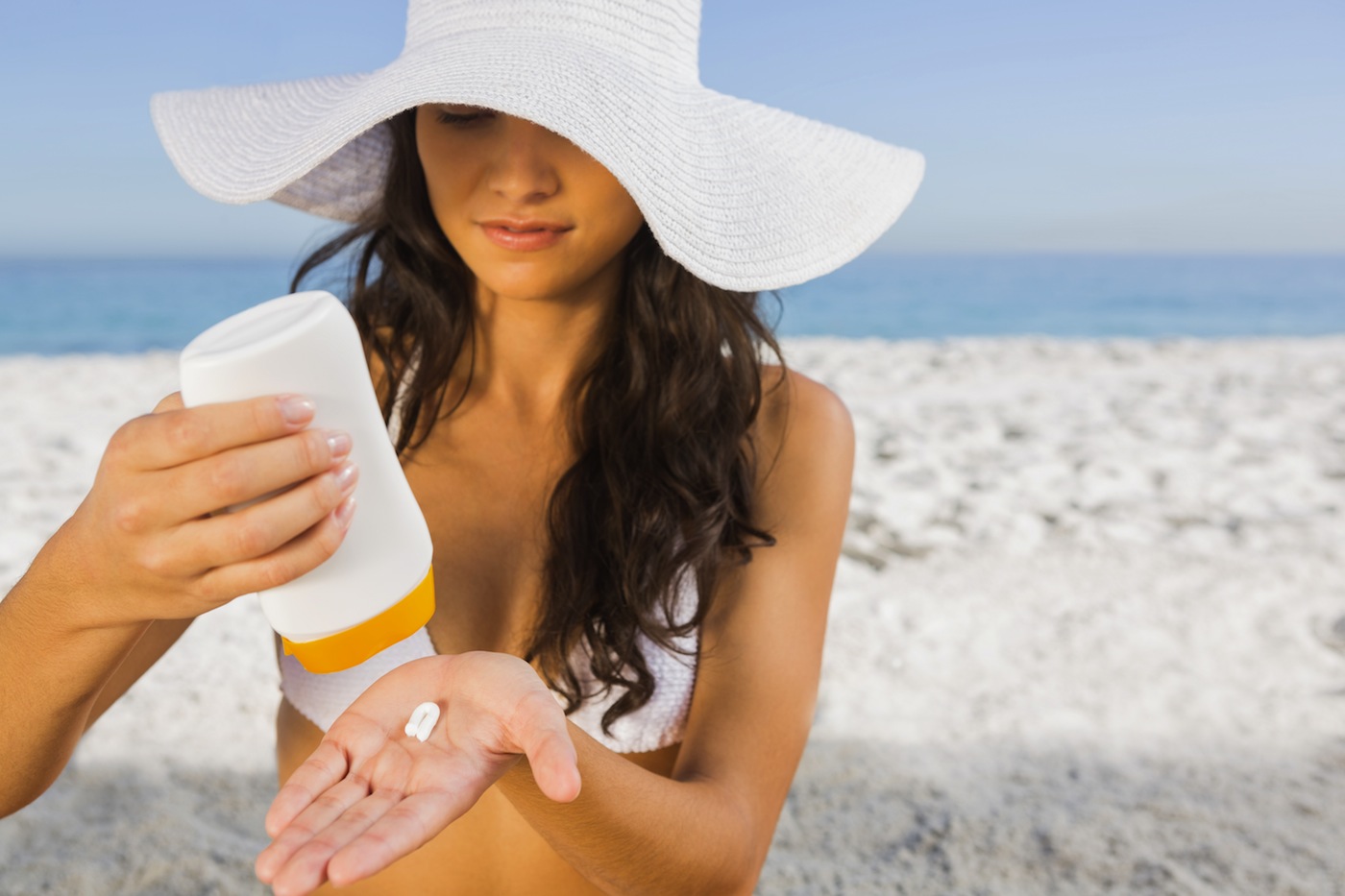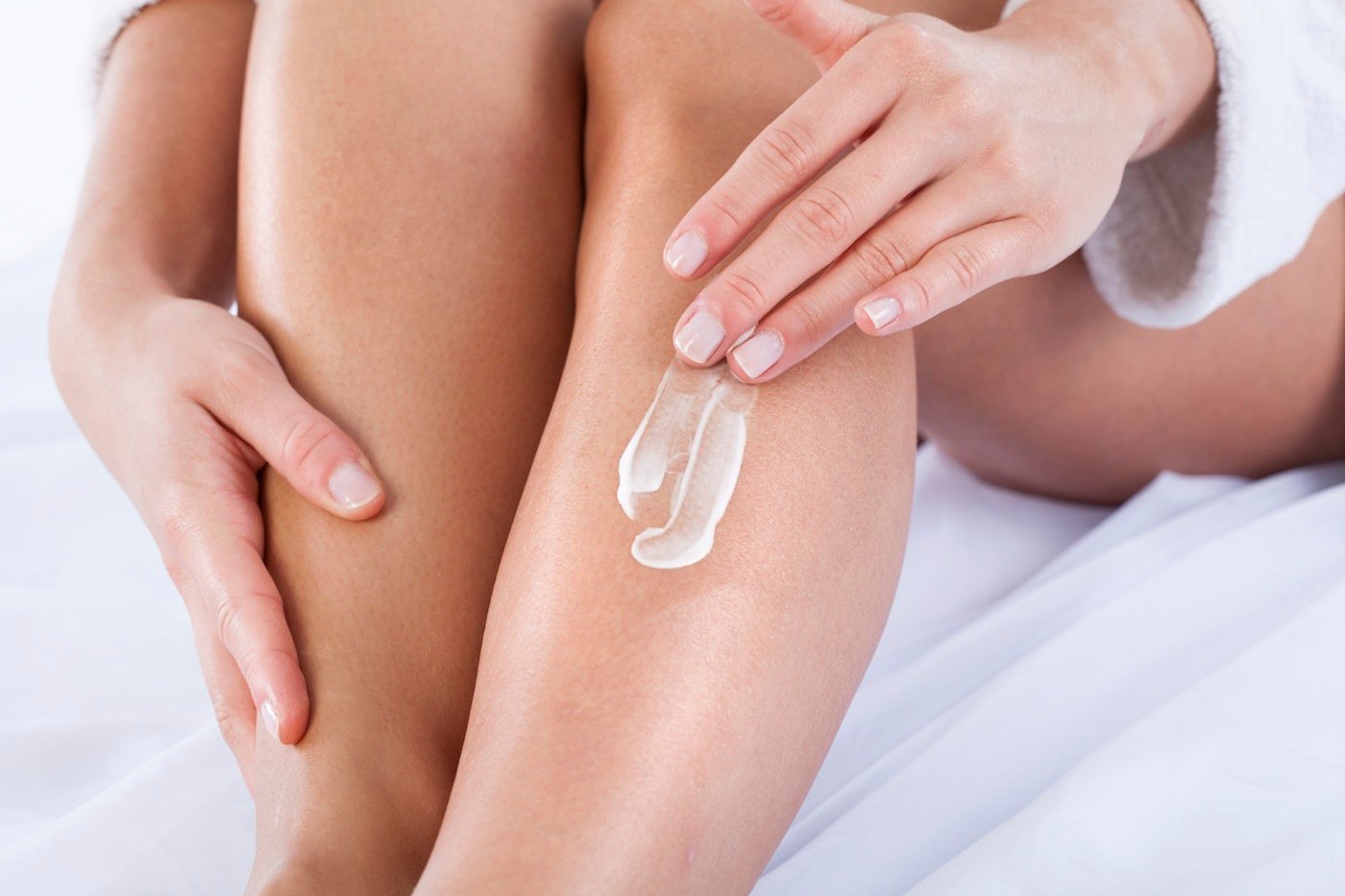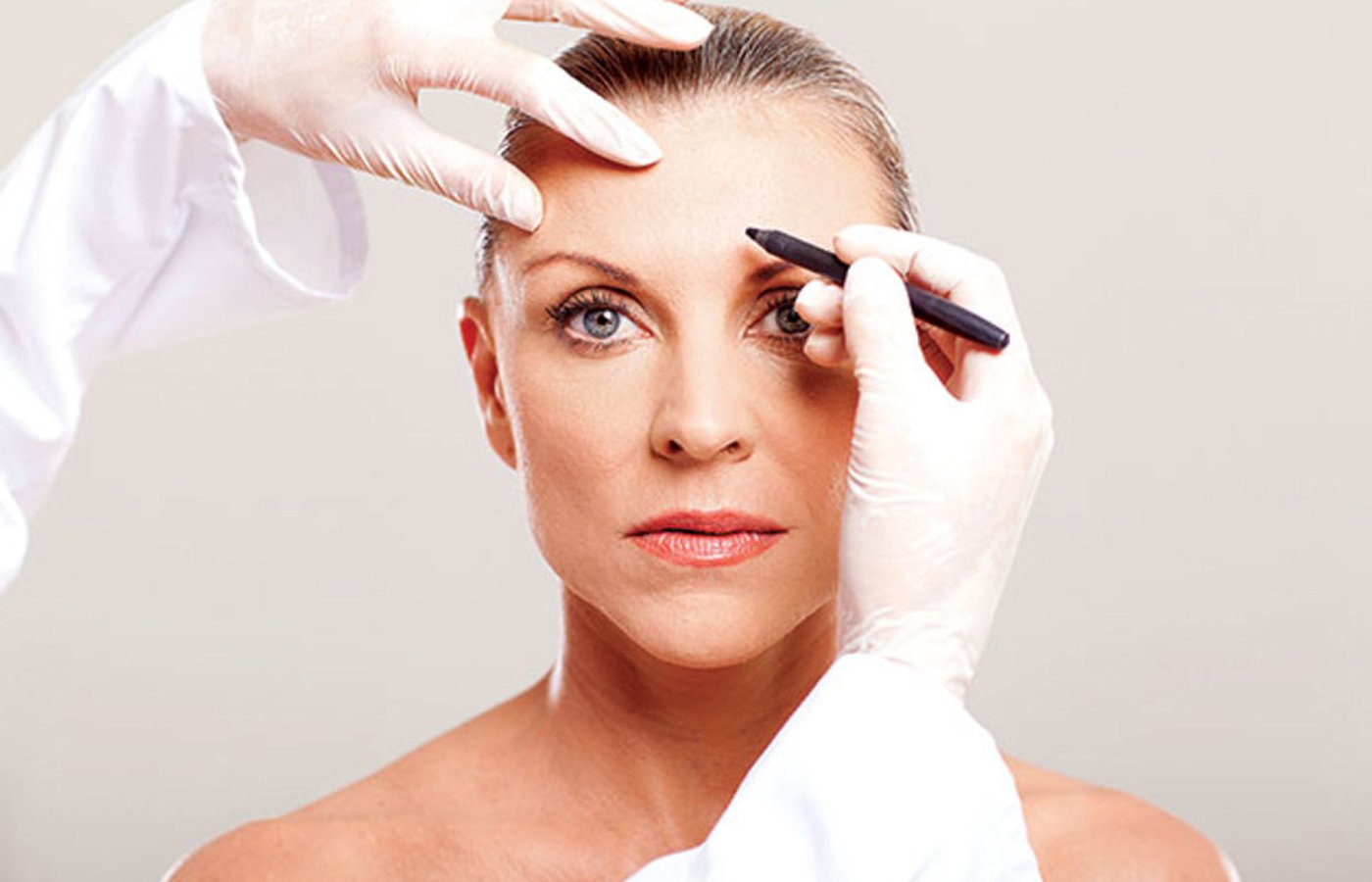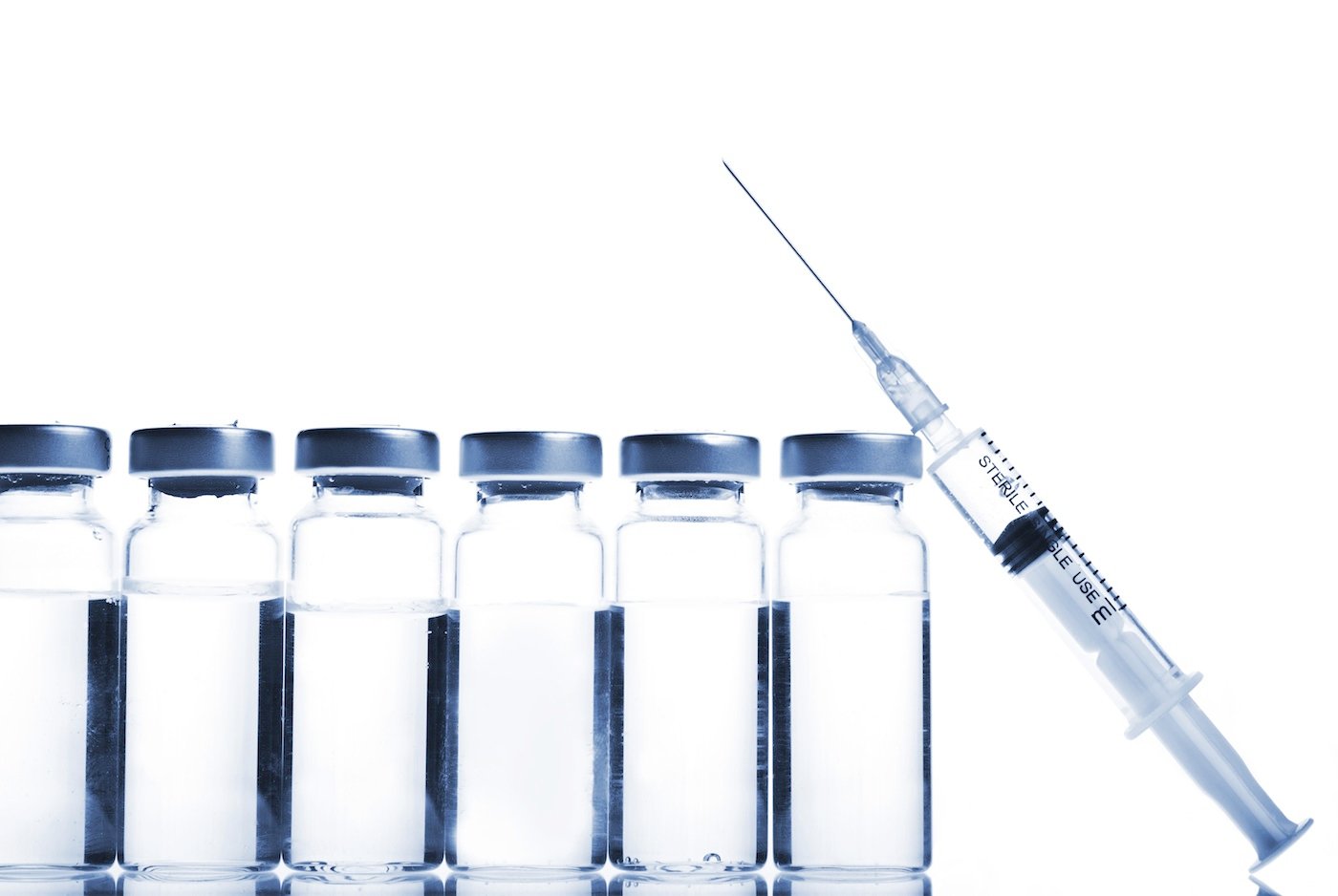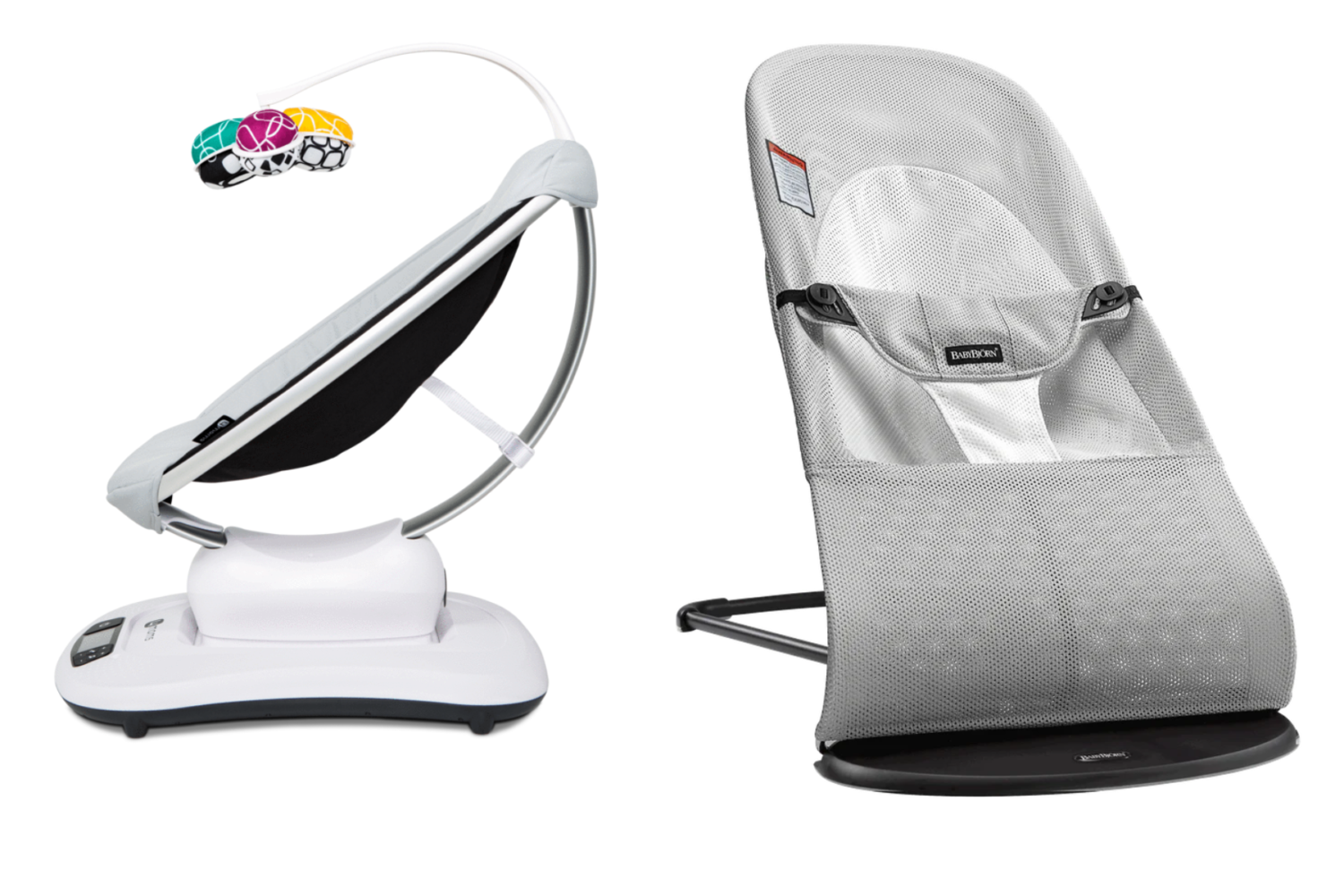Summer is a great season to spend some time outdoors. Unfortunately, it’s also when sun spots get their start. In general, there are two types of dark spots that can develop on the skin after excessive sun exposure: freckles and solar lentingines. The first are those small tan or brown spots that develop on sun-exposed areas that may completely disappear. But solar lentigines, common among older adults of all skin types, are sun spots that do not fade once sun exposure has diminished—these are the not-so-nice reminders of a long summer of sun. Here are a few simple steps to help deal with them.
Prevention is worth a pound of cure. The best way to manage sun spots is to try to reduce their development as much as possible. Full protection requires the liberal use of a broad-spectrum sunscreen at least SPF30 and a hat. It’s important to choose a sunscreen product that is broad-spectrum which means it helps block both ultraviolet A and B rays from the sun because the ultraviolet A (UVA) rays are the ones that cause the sun spots to form.
Don’t forget your hat. Sunscreen is not enough to reduce the development of sun spots completely. Since there is no sunscreen that entirely blocks out all UVA rays, it’s best to combine the use of sunscreen with a hat to completely keep the sun off your face. Not only will this help reduce the growth of sun spots, but using a hat also reduces wrinkle development and lowers the risk of skin cancer.
Think combination treatment. There are many products that are touted to reduce discoloration and sun spots. Although the skin lightening agent, hydroquinone is the strongest ingredient to lighten sun spots, some have questioned its long-term safety. Other ingredients including kojic acid, arbutin, niacinamide, phloretin, licorice, or mushroom extracts have also been shown to gently lighten sun spots. However, since they are not nearly as effective as hydroquinone, seek out products that contain several of these ingredients for the best effect.
Exfoliate, repeat. Incorporate an exfoliating product with either glycolic acids or retinol into your skin care routine. By using an exfoliating product to keep the dead skin layer well-sloughed, it will allow the lightening products to penetrate deeper into the skin for a better overall result. I typically tell patients to use the exfoliating product at night and the lightening product during the day under sunscreen and a hat.
If it looks weird, take it to your dermatologist. If you have any concern about a new sun spot, talk to your dermatologist. Although the majority of sun spots that develop on the face are benign, malignant melanoma (the most deadly type of skin cancer) can also develop on the face. If a sun spot is very dark and looks different from the others, or is growing, bleeding, itchy or in general just doesn’t “seem right” to you, seek the opinion from a dermatologist immediately. Melanoma is almost 100 percent curable if caught early, so don’t delay in making an appointment.
Dr. Elizabeth Tanzi is a board-certified dermatologist and co-director of the Washington Institute of Dermatologic Surgery.

